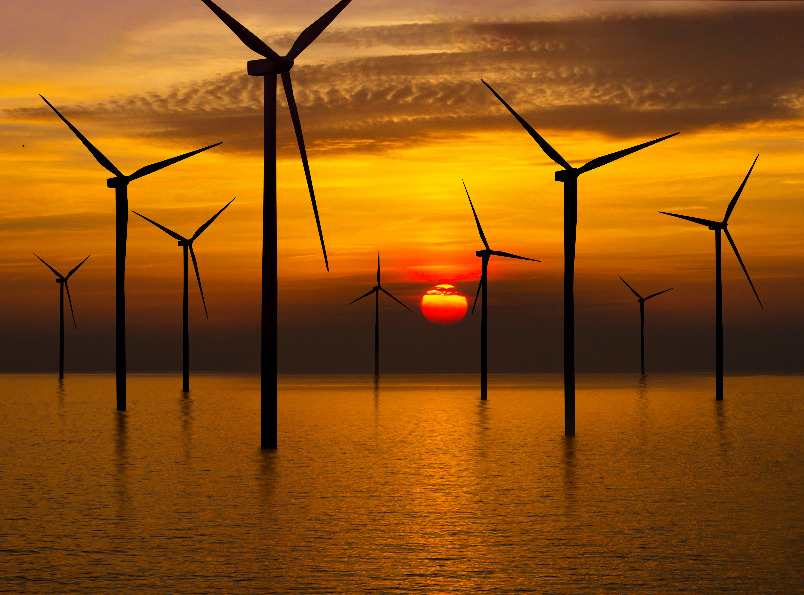If reducing CO2 emissions is the justification for industrializing the ocean with offshore wind, then we need to know what the cost per ton of CO2 reduction is. This number is likely to be ridiculously large, on the order of thousands of dollars a ton.
We have already discussed the reduction analysis part, finding that the reductions are likely to be relatively small per MW of wind generating capacity. See my https://www.cfact.org/2023/05/31/offshore-wind-may-not-reduce-co2-emissions/.
On the cost side, offshore wind is already very expensive, but it is bound to get much worse. The global stampede to build huge numbers of industrial wind-generating facilities is widely predicted to strain the supply chain seriously. The inevitable result will be shortages and price spikes.
There is growing technical literature on this supply chain shortages issue. However, so far, it seems to be focused mostly on the material and facility shortages that are likely to occur, not on the specific cost increases that are bound to follow.
A good recent example is “Future material requirements for global sustainable offshore wind energy development”, Li et al., “Renewable and Sustainable Energy Reviews”, August 2022.
https://www.sciencedirect.com/science/article/pii/S1364032122004993
Here is a telling paragraph from their Abstract:
“We show that the exploitation of OWE (offshore wind energy) will require large quantities of raw materials from 2020 to 2040: 129–235 million tonnes (Mt) of steel, 8.2–14.6 Mt of iron, 3.8–25.9 Mt of concrete, 0.5–1.0 Mt of copper, and 0.3–0.5 Mt of aluminium. Substantial amounts of rare earth elements will be required towards 2040, with up to 16, 13, 31 and 20 fold expansions in the current Neodymium (Nd), Dysprosium (Dy), Praseodymium (Pr), and Terbium (Tb) demand, respectively.”
Given that this is a whole new area of need, coming on top of today’s production, it suggests that shortages are clearly possible. The rare earth numbers are especially interesting. Total production of each has to increase from 13 times today’s up to an incredible 31 times. Is this even possible?
If you want to explore this literature, go to the Advanced Search function at https://scholar.google.com/. (Find it under the triple bars upper left.) Enter “Future material requirements” in the “exact phrase” box and hit search. It should be one of the first hits, and you need not go to the article. Part of the hit is one button that finds every article that cites this one. There is also a powerful button called “Related articles” that returns about 100 closely related articles. This gets you into the middle of the literature.
A more encyclopedic approach is “The Role of Critical Minerals in Clean Energy Transitions”, IEA, May 2021, 287 pages.
https://www.iea.org/reports/the-role-of-critical-minerals-in-clean-energy-transitions
It is not specifically about offshore wind, but it discusses the prospect of shortages and price spikes in both wind and solar development.
Nor are the foreseeable shortages confined to basic materials. There is an enormous amount of specialized equipment that has to be made, often in factories that do not now exist. Here too, price spikes are likely inevitable.
For example, an industry analyst recently reported the near-term need for an additional 200 specialized construction ships. These are projected to come at an estimated cost of twenty billion dollars, but it could be a lot more if that is based on today’s costs.
See “US$20bn of spend is needed to build 200 new vessels”, offshorewind.biz, March 30, 2023.
The point is that multiple studies are finding looming shortages, the cost impact of which is not being estimated and considered. Given that offshore wind development has become an industrial stampede of monster proportions, this is not at all surprising.
As the cost of offshore wind development goes up, the cost per ton of CO2 emissions avoided goes up with it. So does the cost of electricity. We need to see what those future costs look like.
